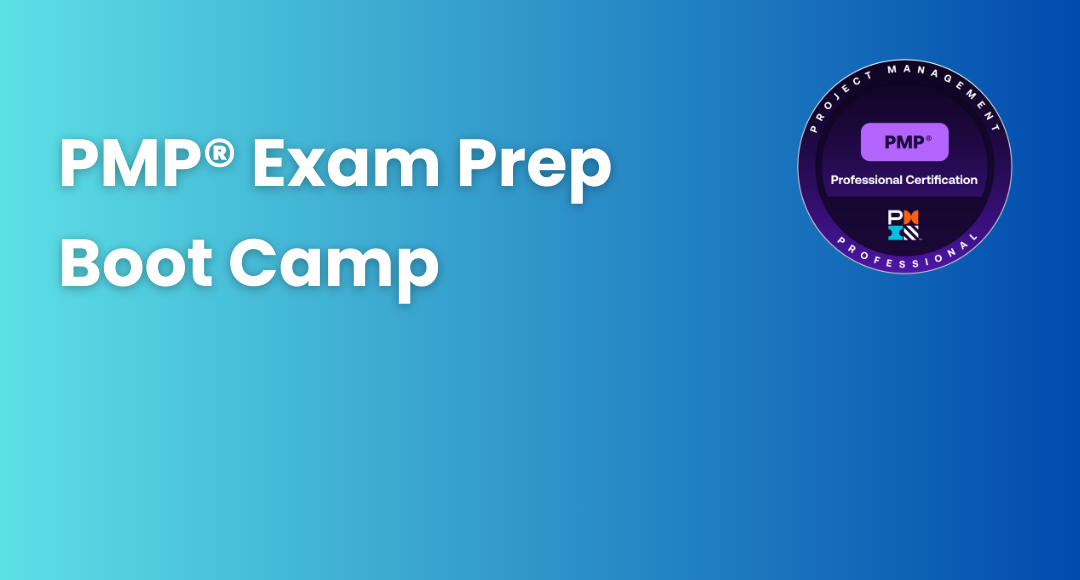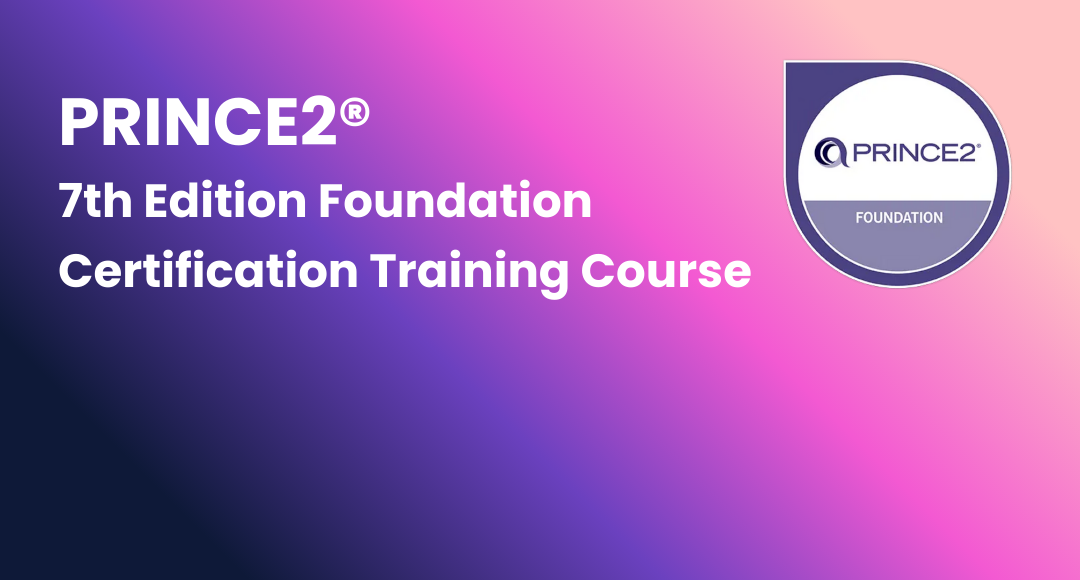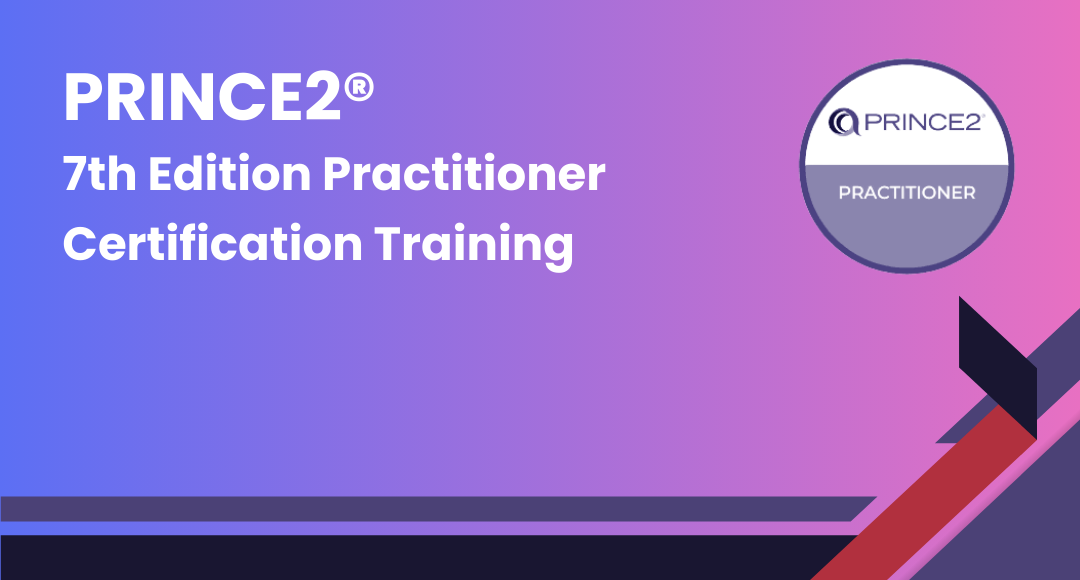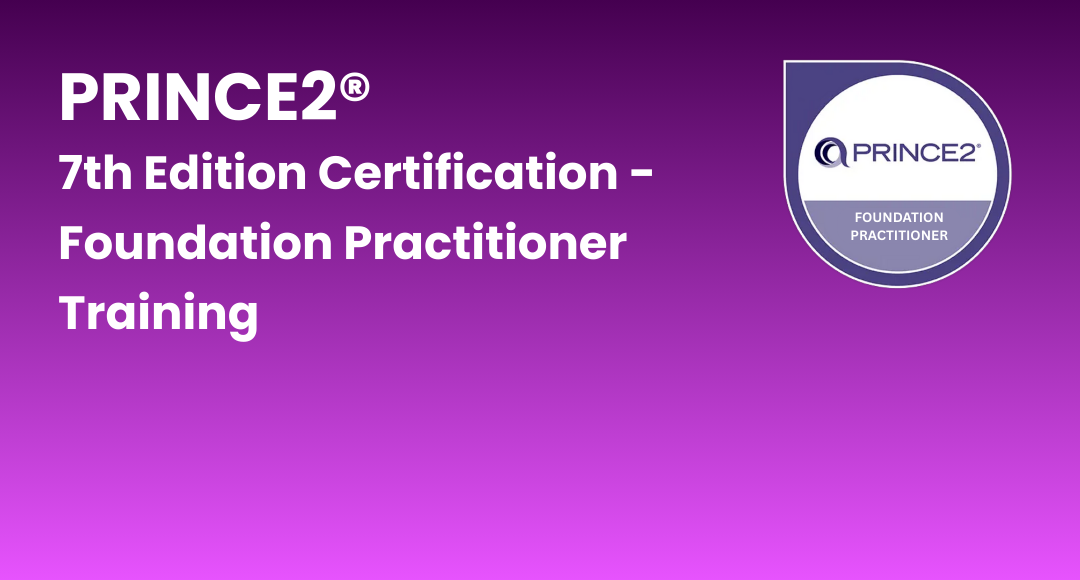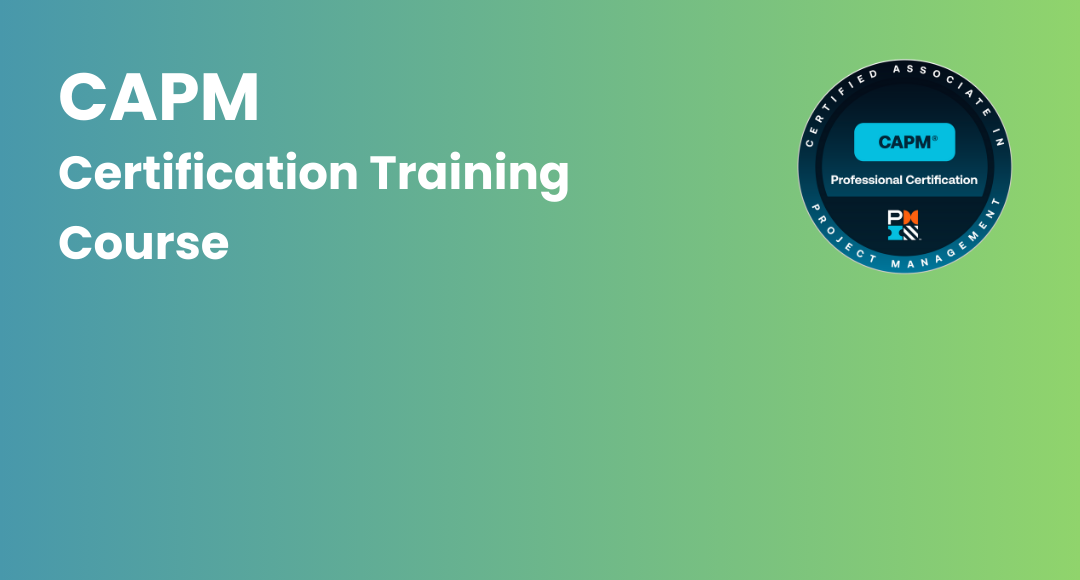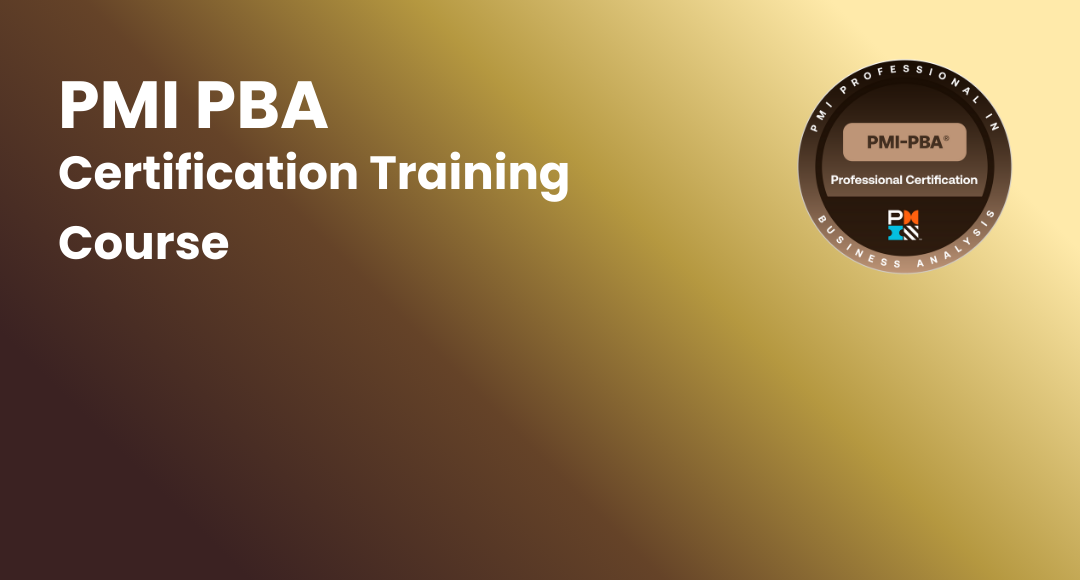Project Management Life Cycle and Its Phases
-
 By Imran Syed
By Imran Syed - Published on Mar 27 2023

Table of Contents
Understanding Project Management Life Cycle
We all are aware that a Project has a clear beginning and a precise end. This makes it all the more essential to have a well-defined life cycle. The life cycle is useful in the creation of clear and time-bound entry and exit points through the project management phases. It is a crucial part of the project development cycle.
The time-boxing of the stages helps ensure that we are on the right track and can deliver on time. One of the main goals of every project is to keep a healthy balance between the three constraints: Time, Cost, and Quality. The more balanced the project, the more likely its success.
Whatever project you're working on, the project management cycle can help both you and your team members. It helps in narrowing the focus of the project and ensuring that its goals are in check. It is also pivotal by helping finish the project within the timeframe and on budget, with the least amount of unexpected events!
PMI is the world's biggest non-profit membership organization for professionals especially project managers in the field of project management. It has established the highest standards for program, project, and portfolio management, and provides education and certifications. The highest level of accreditation from this association is called the Project Management Professional (PMP) certificate.
Why is it Important?
Project Management life cycles are an organized framework of five phases of project management life cycle designed to aid project managers in finishing projects with success.
The main task of project managers is to develop a comprehensive knowledge of the stages of managing projects. Knowing and planning in accordance with the five Project Management life cycles provide steps that will help you organize your projects to ensure that they run smoothly without a hitch. This basic project life cycle definition illustrates how logical it is to have one.
It is much easier for an experienced project manager to handle all of the details that are currently involved in the project when it is divided into different phases.

Each phase is goal-oriented and comes with specific attributes and features. It also contains the product deliverables that will be reviewed towards the conclusion of the project management life cycles. It is often illustrated in the form of a project life cycle diagram in order to make it easier to follow.
In accordance with the Project Management Book of Knowledge (PMBOK), Project Management life cycles must be able to define the following elements:
- What tasks must be done?
- Who will take part in the team?
- What are the deliverables of the project?
- How can you assess how each stage is performing?
A life cycle of project management as described within the PMBOK (Project Management Body of Knowledge) by the Project Management Institute (PMI) comprises of five stages. The project life cycle consists of these five stages which divide up the project into easily achievable smaller steps to aid the project completion.
Five Phases of Project Management Cycles
- Project Initiation
- Project Planning
- Project Execution
- Monitoring and Control of Projects
- Project Closure
Initiation in Project Management Life Cycle
Project Initiation is the primary Project Management life cycles phase in which the project begins. It gives an outline of the plan and the methods required to achieve the desired outcomes. This is the stage where the viability and value of the project are determined. It is a crucial part of the project life cycle 5 phases.
The project manager starts the meeting by analyzing the stakeholder's and client's needs and goals. Once you have made a decision to move forward with the project, it can proceed to the next stage and that is to put together the team of project participants. It is important to pay heed to these project life cycle phases chronologically to get the best out of it.
Project Management Lifecycles kicks off with the vital Phase of Initiation. The entire basis of why you should be developing/delivering a product, service, or event is formed with the Project Initiation.
It is vital to know fact that a project manager must be properly appointed to the project. This is also a sign of executive intention. The project manager should determine the business argument for the project and ensure that the outcomes are aligned with the strategic goals of the company. While learning the technical aspects of the topic is important, it would do well to come up with project life cycle examples to better understand the concept for oneself.
Project Charter is considered to be the most crucial document for any project since it includes:
- Vision and mission of the business
- Benefits and goals of the project
- List of stakeholder
- What is the project scope?
- Project deliverables
- The project is not without risk.
- Budget for project and resources
Start the process of managing projects by identifying the project's objectives and deliverables
Begin by speaking with your clients or stakeholders to learn about their requirements. Try to find out the things that matter to them, the projects they've worked on in the past, and what they'd like in the coming years.
Then you can proceed to develop the concrete goals and deliverables your team will be accountable for in accordance with the nature of the project and the resources available.
It is important to record the key takeaways you learned from these initial meetings you'll be required to keep an outline of the agreed-upon deliverables at the closing stage of your project.
Outline project limitations, risks, dependencies, and priority
After you've identified the goals of your project at a high level then it's time to consider all the factors that could affect the success of your project, which includes:
- Risks: Factors that can negatively affect the costs, timeline, goals, or results of the project.
- Dependencies: Relationships with tasks, and activities.
- Limitations: Limiting factors like technology, resources, time, and costs.
If you are able to identify these issues early on, you can cut off a lot of issues early, before they disrupt the entire timetable for the project.
The structured risk breakdown similar to the one shown below can assist in identifying and evaluating every risk that you face in your venture.
The risk breakdown is an organizational representation of risks, beginning with the most important risks, and later breaking them down into smaller risks. It is a crucial instrument for managing project risk.
Project Feasibility Study
It is a part of the agile project life cycle. What exactly is a feasibility study within project management life cycles? It helps determine if the project will succeed at all. It's usually conducted before the first steps are initiated in any project, which includes making plans.
The study determines the project's market (if relevant) and highlights the main goals of the project and outlines potential roadblocks. It suggests alternative solutions and considers the time, budget, legal and manpower requirements to decide whether the venture is feasible and beneficial for the business to take on. It is one of the most pivotal steps of the project development life cycle.
While project managers might have a different role in who conducts their feasibility studies, they could provide crucial guidelines once the project begins.
Managers of projects can make use of the feasibility study to gain a better understanding of the project's parameters, business goals, and risk factors that are in play. This would be considered to be a part of the project management initiation phase.
Learn how to conduct project feasibility study in seven steps
Five Different Kinds of Project Feasibility Studies
This should not be confused with project management's 5 phases. The technical resources utilized by the business should be inspected. This helps businesses determine the technical resources that are adequate to accomplish the task, and whether the technical team is able to execute the plans.

To determine the technical viability of a system, factors such as the hardware, software, and other technical requirements that could arise are considered.
- Technically competent resources are readily available. Having the appropriate mixture of resources assigned on the job is essential. A real skills mapping of the requirements is conducted to ensure that all the resources that have the required skills are in place to perform the tasks of the project.
- The required technologies are in place: We must determine and review the appropriate technology, including software and hardware and equipment licenses, approvals from regulatory authorities when applicable, etc. are in place to complete the project.
Economic Possibilities
When determining the economic viability it is important to take into account the aspects:
The sponsors should have sufficient amounts of capital to invest in: If we do have enough technology and resources. We must make the needed investments to keep the resources. It is vital for us to get the support of the sponsor for the implementation of the project. The absence of funds can cause delays in the project and/or failure.
A cost-benefit evaluation of the proposed project is often included in this report and helps businesses evaluate the feasibility of the project as well as its cost and benefits prior to investing funds.
This also acts as an impartial evaluation of the project to improve its credibility of the project by helping decision-makers identifies the positive economic advantages to the business.
Legal Possibility
The business must be in compliance with all relevant regulatory and statutory requirements and regulations
- Protection of data or social media laws: It must be confirmed that no privacy laws governing data are infringed, e.g. when dealing with sensitive data projects. Any associated non-disclosure agreements etc. should be carefully scrutinized and implemented for the undertaking.
- Zonal laws: If we plan to build a mall in the area, we have to be sure that the zone is granted the necessary permissions to construct malls. A feasibility study could determine that the location of the company's dream isn't zoned for this type of business.
The assessment will determine the possibility that any part of the project is in violation of any rules, for example, the laws governing zoning, data protection laws, or social media law. Let's take an instance that a company wants to construct an office building on an exact site. A feasibility study might reveal that the proposed location for the company isn't a suitable location specifically for the type of business.
Operational Potential
This type of assessment requires an investigation to analyze and find out if and how much the company benefits from completing the project. Operational feasibility studies are also a way to determine the ways in which a plan of action can meet the requirements defined in an analysis stage. The process involves researching to determine if -- and in what way the project plan can satisfy the requirements of the company.
Operational feasibility studies analyze how a plan is in line with the specifications set in the requirement analysis phase. Implementing the project can rely heavily on understanding the operational potential and therefore it is crucial in the context of project management life cycles.
Scheduling Possibility
This is the most vital factor for the success of the project. Since the project could fail if it's not completed in time, in determining the feasibility of scheduling we estimate the amount of time it will take to finish and the estimated time needed to put into the project.
The scheduling of feasibility assessments is essential to the success of a project; after all, the venture is likely to be a failure if it's not completed in time. The company estimates the time frame it will take to complete the project when planning feasibility.
After all of these variables have been considered, a feasibility study can assist in identifying the potential constraints to the project for example:
- The constraints to internal projects include financial, technological, and resource limitations.
- Marketing, export, financial, and other corporate limitations.
- Environment, logistics legislation and regulations, and many more are external limitations.
Project Charter
A project charter should be an elevator pitch that outlines your project's goals, objectives, scope, and project responsibility to gain approval from the key stakeholders of your project. In the document, you must give a brief, concise description of the major components of your project before you start.
If you create a project charter prior to starting other, more detailed documents of project planning it is possible to get the approval, or even course correction if required. It is one of the crucial stages of project cycle.
An organizational chart is just one of many tools for planning a project that you can make. It’s a good way to compare it to other components of planning for projects.
Vision: It is essential to have a clear understanding of the scope of your project. Define each deliverable the project will create. After you've got all of them in order you'll have a firm footing on your plan and are now ready to take the next step.
Organize: When creating the structure of your charter there are 4 subsets that you're going to need to recognize. These include end users/customers stakeholders, stakeholders, and roles. You must now define the lines of reporting that connect these different roles within the project. Utilize a chart of the project's organization to accomplish this.
Implementation: When implementing, a plan must keep three factors in mind: Milestone dependencies as well as resources. We will discover more about this during the Initiation module.
Most Popular and High Paying project Management Certifications:
CAPM® Certified Associate Project Management
PRINCE2® Foundation Practitioner
Project Team
The team of project managers comprises the project manager as well as the group of people working together to accomplish its goals. It includes members of the manager for the project, the management team, and others who may not be directly involved in the managing but are involved in the duties that are related to the project.
The team is comprised of members from various teams who have a thorough understanding of the subject or the necessary expertise to complete the tasks for the undertaking.
The structure and character of a team in a project usually differ, but the job of the project manager as leader of the team is in place. At this point, we can deem to have arrived at the project management planning phase. The amount and type of authority that the project manager holds over his members
The majority of project teams are employed for a specific duration. They are disbanded when the project has been deemed to be complete. Because of the particular formation and disbandment, teams for project work typically are part of organizations. A good team is required to execute any of the required phases of the project management life cycles.
Teams in charge of projects need the appropriate mix of abilities as well as personality types to be successful in collaboration.
Project Type
It is important to know the requirements, nature, and resources needed to complete the successful execution of the job. It is important to determine whether this project will be manual-heavy or one that requires the highest IQ and abilities. Also, we must be aware of whether such a project was ever undertaken by the company and how well-established it is.
Project Sponsor
A project's sponsor acts as the driving force and champion in-house and champions the program. He is vested in the outcome of the undertaking. They usually belong to the senior management team - people who have an interest in the final outcome of the project.
They work in close collaboration with project managers. They establish the goals of the project and take part in top-level project planning. Additionally, they frequently help solve conflicts and get rid of obstacles that arise throughout the course of the project.
They also give the approval required to move forward to each phase. It is important to get the project sponsor on board because they can influence any of the parts of the project management life cycles.
Project sponsor duties:
- Take key business decisions regarding the project
- Approve the budget for the project
- Make sure resources are available
- Share the goals of the project across the entire company
Conclusion
Having knowledge of project management life cycles can be instrumental in helping navigate through various stages of project life cycle. In this ever-fast-moving world of modern technologies and corporate workspace, it is pertinent that one keeps themselves updated in order to stay relevant.
Learning project management phases as a part of getting your PMP certification is vital as it adds to the project manager skill. The role of the project life cycle in project management cannot be overstated. It is important to learn this from a reliable source and not be dependent on some project management cycle PDF that you find online.
It is important to get a certification in this regard, it is equally crucial to scrutinize where you obtain the certification from. Getting your PMP certification done from an accredited and well-reputed platform, like Sprintzeal, can help add value on top of your certification.
It is pertinent to remember that a project life cycle is not learned and dealt with just for the sake of a work project, but as a way of leading all life projects. Indeed following the project life cycle model can help improve various facets of our professional and personal lives.
Think of this as your project management execution phase and sign-up on Sprintzeal to get PMP certified and gain a new credential to enhance your project management career.
To get full details about the best project management certifications, chat with course expert.
Subscribe to our Newsletters
Popular Programs
Trending Posts
How to Write a Project Summary: Four Easy Steps
Last updated on Feb 24 2025
Guide to Technical Project Management
Last updated on Feb 22 2023
Under Armour’s Project Management Approach
Last updated on Dec 4 2024
Top Project Manager Interview Questions and Answers 2026
Last updated on Oct 17 2024
Project Management Tips - Best of 2026
Last updated on Jul 23 2024
Project Management Interview Questions and Answers for Managers
Last updated on Aug 12 2024
Categories
- Other 69
- Agile Management 45
- Cloud Computing 56
- Project Management 172
- Big Data 66
- Business Management 88
- Digital Marketing 78
- IT Service Management 29
- Programming Language 58
- AI and Machine Learning 76
- IT Security 112
- Quality Management 78
- IT Hardware and Networking 25
- Microsoft Program 4
- Workplace Skill Building 13
- Risk Management 9
- Information Security 8
- Leadership and Management 9
- Corporate Training and Development 1
Trending Now
Issue Log in Project Management - Uses and Importance
ArticleSupply Chain Response And The Factors Involved In It
ArticleBest Agile tools for Project Managers in 2026
ArticlePMI-PMP® Exam Changes Explained in 5 Minutes
ebookProject Initiation Phase - Importance and Roles Involved
ArticleDelphi Technique and Its Role in Project Management
ArticlePMBOK Guide and Project Management Certification Updates 2026
ArticleHow to Use Google Calendar as a Project Management Tool
ebook10 Reasons Why You Should Get PRINCE2 Certification
ArticleCAPM Cheat Sheet 2026
ArticleCAPM Certification Study Guide
ArticleCAPM Certification Exam Preparation Guide 2026
ArticleTop Benefits of CAPM Certifications
ArticleGuide to Advancing Project Management Career with PMP Certification
ArticlePMP Vs PRINCE2 - Which Project Management Certification is Better?
ebookProject Management Interview Questions and Answers for Managers
ArticleProject Management Software to Use in 2026
ebookBest project management certifications in 2026
ArticleProject Feasibility Study in Seven Steps
ArticleCAPM vs PMP – Which Project Management Certification Is Better?
ArticleProject Scope Management Guide 2026
ArticleProject Management Complete Guide 2026
ArticleCAPM Exam – Difficulty, Details and Preparation Tips
ArticleWhat is Project Management?
ArticleIs it worth getting the CAPM certification?
ArticleIs PMP Better than MBA?
ebookWhat is PMI ACP certification?
ArticleIs PMP exam difficult?
ArticleIs PMI ACP worth it?
ArticlePMP or CAPM – which is better?
ArticleWhat is pass percentage for the CAPM exam?
ArticlePMP or PMI ACP – which certification should you get?
ArticlePMP Certification Cost Details
ArticleHow to get PMP certification - Guide 2026
ArticleHow to create an effective project plan
ArticleTop Project Manager Interview Questions and Answers 2026
ArticleGuide to Change Management for Organizational Transformation
ArticleResource Manager Interview Questions and Answers 2026
ArticleTop Project Manager Qualifications and Career Path in 2026
ArticleNetwork Diagram - Types, Topology and Use in Project Management
ArticleGuide to Project Management Processes, Methodologies and Lifecycles
ArticleProcess Capability Analysis Explained
ArticleFinancial Risk and Its Types
ArticleConstruction Project Management - Roles, Stages and Benefits
ArticleRisk Management Strategies in Project Management
ArticleProject Management Principles - 12 Essentials
ArticleProject Management Framework Guide
ArticleStrategic Management Guide 2026
ArticleProject Management Books List - Best of 2026
ArticleProject Documentation and Its Importance
ebookProject Management Tips - Best of 2026
ArticleProject Management Apps Best of 2026
ArticleDigital Project Manager – Skills, Salary, and Scope
ArticleProject Communication Plan – How to Create and Use
ArticleEarned Value Management and Its Significance
ArticlePlanning Poker Estimation Technique
ArticleProject Management vs Product Management
ArticleProject Crashing in Project Management
ArticleProject Controlling and its Importance in Project Management
ArticleProject Report and its Significance in Project Management
ArticleEstimate at Completion - Formulae and Calculations
ArticleProject Cost Management Guide 2026
ArticleProduct Lifecycle Management
ArticleProject Portfolio Management Guide
ArticleProgram Manager vs Project Manager - Comparison of Roles and Careers
ArticleWBS Dictionary - A Beginner's Guide
ArticleStakeholder Analysis and Stakeholder Management Guide
ArticleProject Management Phases Explained
ArticleProject Management Knowledge Areas
ebookLeadership Theories for Managers
ebookPMP Pass Rate in 2026 - Guide to Clear the PMP Exam
ebookProject Schedule Management Guide for Beginners
ebookProject Integration Management Guide
ArticleProject Risk Management Guide
ArticleProject Resource Management Guide
ArticleProject Quality Management Guide
ArticleProject Procurement Management Guide
ArticleProject Deliverables in Project Management
ebookConflict Resolution in Project Management
ebookPERT vs CPM in Project Management
ebookGantt Charts - The Ultimate Guide
ebookWork Breakdown Structure in Project Management
ebookTop Gantt Chart Makers in 2026
ebookGantt Chart Tools - Best of 2026
ebookHow to create a work breakdown structure
ebookProject Manager Resume Guide – Best Tips and Examples
ebookProduct Management Frameworks - The Ultimate Guide 2026
ebookProduct Planning - A Beginner's Guide
ebookWhat is Product Management? - A Beginner's Guide
ebookGuide to Project Stakeholder Management
ebookPMP® Certification Salary: Job and Salary Scope in 2026
ebookTop Project Engineer Skills
ebookGuide to Technical Project Management
ebookTop 10 project management competencies
ebookNegotiation in Project Management: The Utimate Guide
ebookTime Management in Project Management - Steps to Implement it
ebookTop Program Manager Skills of Successful Program Managers
ebookA Brief Guide to Conflict Management Approaches
ebookWhat is a Risk Management Plan? A Comprehensive Guide
ebookWorkflow Diagram - Steps to Create, Symbols, Types, and Uses
ebookBest Practices to Measure Resource Utilization
ebookWorkload Management: How to Optimize Your Team’s Workload?
ebookWhat is Project Execution? A Comprehensive Guide
ebookProject vs Program Management: Key Differences
ebookKanban Methodology in Project Management – A Complete Guide
ebookHybrid Project Management Guide 2026
ebookProject Characteristics: Key Elements in a Project
ebookThe Ultimate Guide to the Waterfall Methodology in Project Management
ebookProject Budget: Definition, Overview & How to Create One
ebookThe Ultimate Project Kickoff Meeting Guide
ebookProject Timeline: How to Build One, Definitions, and Examples
ebookProject Scope Statement: How to Write One With Example
ebookStatement of Work in Project Management Guide 2026
ebookProject Management in Product Development : Essential Role
ebook10 Best Change Management Tools to Use
ebookMastering Resource Scheduling to Unlock Project Success
ebookProject Risk Analysis: Tools, Templates & Best Practices
ebookHow to Write a Project Summary: Four Easy Steps
ebookTop Leadership Skills: Mastering the Art of Effective Leadership
ebookHow to Write a Project Descriptions: A Step-by-Step Guide
ebookWhat is Project Monitoring? A Comprehensive Guide
ebookWhat Are Project Fundamentals? A Quick Guide
ebookKanban Board: A Detailed Guide to Understanding and Usage
ebook10 Effective Management Styles for Leaders (With Real-Life Examples)
ebookProduct Manager Career Path: What to Expect
ArticleCareer Path for Program Manager - Strategic Navigation for Professional Growth
ebookExploring Career Path for Product Owner
ebookAn Ultimate Guide to Project Coordinator Career Paths
ebookHow to Become an ISO 21502 Lead Project Manager
ArticleWhat are the Basics of ISO 21502 Foundation? A Brief Guide
ebookThe Role and Responsibilities of an ISO 20400 Lead Manager
ArticleEnergy Saving Standards and ISO 50001 Best Practices
ebookComparing Different ISO Certifications for Project and Energy Management
ebookGuide to ISO Certifications for Effective Project and Energy Management
ArticleWhy ISO 50001 is the Perfect Match for Energy Efficiency?
ArticleAI Tools for Project Managers: A Game Changer for Project Success
ArticleAbout Disney’s Project Management: Where Magic Gets Real
ArticleMcDonald's Recipe to Success - A Perfect Project Management Case Study
ArticleToyota’s Project Management: A Road to Greatness and Innovation
ArticleNetflix's Binge-Worthy Project Management
ebookUnder Armour’s Project Management Approach
ArticleWipro Project Management: Core Lessons from Tech Giant
ArticleProject Management at Google: Tools and Success Stories
ArticleCoca-Cola Project Management Strategy and Key Insights
ArticleAI in Project Management: Transforming the Future of Work
ArticleBehind the Scenes: How Apple Executes Projects with Flawless Precision
ArticleTesla's Advanced Project Management: Accelerating the Future
ArticleBeats to Business: Spotify's Project Management to Redefine Music
ArticleTop AI Project Management Software to Elevate Your Workflow
ArticleProject Management Office: Step-by-Step Guide to Start a PMO
ArticleWhat is a Project Management Information System?
ArticleHow Microsoft Balances Innovation and Project Management?
ArticleWhat is Agile Project Management? A Beginners Guide
ArticleIKEA Project Management: What to Learn and Stay Competitive
ArticleHow Did Nike Become a Global Leader?
ArticleIntel's Master Project Management Formula
ArticleSamsung Pioneer in Project Management: The Secret Behind It
ArticleAmazon Logistics Strategies That Dominate Retail
ArticleRemote Project Management Success: Key Strategies and Career Opportunities
ArticleStreamlining Workflows: The Best Digital Tools for Professionals
ArticleUnderstanding the Financial Risks in Sponsorships and How to Avoid Them
Article3 Real Disasters That Teach Critical Project Risk Planning Lessons
ArticleInterview scheduling automation: Streamlining the candidate experience
Article3 Quality Gaps That Can Ruin Your Project Outcomes
ArticleBest 4 Construction Drawing Management Tools to Boost On-Site Efficiency
ArticleEssential Jira Interview Questions for 2026
ArticleProduct Development Cycles That Keep Innovation on Schedule
ArticleSmarter Projects with AI
ArticleLegal Project Management for PMs: A Practical Starter Guide
ArticleProject Manager Job Description: Roles, Responsibilities, and Skills
ArticleProduct Analyst Job Description – Key Duties and Career Path
Article
